Research
Interviews
1. What ethnic background/ race do you identify as?
2. What reminds you of your ethnic background/ race?
3. Does your ethnic background/ race play a role in your daily life?
4. If you had to choose your ethnicity/ race, would you have changed it? If yes, why?
5. Does your appearance restrict you from opportunities in your everyday life?
6. Please, draw the object(s) that remind you of your ethnic background/ race.
1. What ethnic background/ race do you identify as?
2. What reminds you of your ethnic background/ race?
3. Does your ethnic background/ race play a role in your daily life?
4. If you had to choose your ethnicity/ race, would you have changed it? If yes, why?
5. Does your appearance restrict you from opportunities in your everyday life?
6. Please, draw the object(s) that remind you of your ethnic background/ race.
1. What ethnic background/ race do you identify as?
2. What reminds you of your ethnic background/ race?
3. Does your ethnic background/ race play a role in your daily life?
4. If you had to choose your ethnicity/ race, would you have changed it? If yes, why?
5. Does your appearance restrict you from opportunities in your everyday life?
6. Please, draw the object(s) that remind you of your ethnic background/ race.
Australian/ Dutch (white) [Culturally, mostly Dutch]
New Zealand (Kiwi)
Temperature/ weather
The things in the store
More on a personal level, like feeling homesick
I have always enjoyed having multiple cultures/ nationalities
I think sometimes people make presumptions about me and my personality which don't necessarily reflect me
Turkish
Food and music
Yes, it does
No, I like my ethnicity
I haven't experienced something like that
Turkish
Food and music
Yes, it does
No, I wouldn't
No, not personally for me
1. What ethnic background/ race do you identify as?
2. What reminds you of your ethnic background/ race?
3. Does your ethnic background/ race play a role in your daily life?
4. If you had to choose your ethnicity/ race, would you have changed it? If yes, why?
5. Does your appearance restrict you from opportunities in your everyday life?
6. Please, draw the object(s) that remind you of your ethnic background/ race.
1. What ethnic background/ race do you identify as?
2. What reminds you of your ethnic background/ race?
3. Does your ethnic background/ race play a role in your daily life?
4. If you had to choose your ethnicity/ race, would you have changed it? If yes, why?
5. Does your appearance restrict you from opportunities in your everyday life?
6. Please, draw the object(s) that remind you of your ethnic background/ race.
Tunisian
Food, architecture and music
Yes, which is often discrimination but also sometimes privilege
No, I wouldn't
Yes, I have trouble finding jobs and internships
Surinamese (Black)
Foods and music
I'd say yes
Maybe in my younger years to make growing up easier, but not anymore
Sometimes, people might have an opinion ready way quicker
1. What ethnic background/ race do you identify as?
2. What reminds you of your ethnic background/ race?
3. Does your ethnic background/ race play a role in your daily life?
4. If you had to choose your ethnicity/ race, would you have changed it? If yes, why?
5. Does your appearance restrict you from opportunities in your everyday life?
6. Please, draw the object(s) that remind you of your ethnic background/ race.
Turkish
Food, some sort of smells (like sun protector, the "air"), the accent of people
It might depend on different things but most of the times it feels like privilege
No, I wouldn't
I don't think so
1. What ethnic background/ race do you identify as?
2. What reminds you of your ethnic background/ race?
3. Does your ethnic background/ race play a role in your daily life?
4. If you had to choose your ethnicity/ race, would you have changed it? If yes, why?
5. Does your appearance restrict you from opportunities in your everyday life?
6. Please, draw the object(s) that remind you of your ethnic background/ race.
Asian, Korean
When I do makeup (my eye structure doesn't fit with western makeup style), foods (amount of spice)
I get privilege from some countries, but get discrimination from several countries, ex. heard "Nihao" from random guy and in flee market they suggest a higher price
I may say I don't want to change at this moment, but I am always curious of white, mans life - the privilege life
I can say yes. For instance, imagine having a job. I have to prove I'm fluent in English - or certain language - to not be looked like a foreign. When it comes to jobs such as actor, it's matter will be more tense
1. What ethnic background/ race do you identify as?
2. What reminds you of your ethnic background/ race?
3. Does your ethnic background/ race play a role in your daily life?
4. If you had to choose your ethnicity/ race, would you have changed it? If yes, why?
5. Does your appearance restrict you from opportunities in your everyday life?
6. Please, draw the object(s) that remind you of your ethnic background/ race.
Asian and Western
My family
Not daily, since I'm in an international community
No
Yes
1. What ethnic background/ race do you identify as?
2. What reminds you of your ethnic background/ race?
3. Does your ethnic background/ race play a role in your daily life?
4. If you had to choose your ethnicity/ race, would you have changed it? If yes, why?
5. Does your appearance restrict you from opportunities in your everyday life?
6. Please, draw the object(s) that remind you of your ethnic background/ race.
African and native American
The way I look and my family
Yes, it does
No, I like who I am
Yeah, the colour of my skin, just my background in
1. What ethnic background/ race do you identify as?
2. What reminds you of your ethnic background/ race?
3. Does your ethnic background/ race play a role in your daily life?
4. If you had to choose your ethnicity/ race, would you have changed it? If yes, why?
5. Does your appearance restrict you from opportunities in your everyday life?
6. Please, draw the object(s) that remind you of your ethnic background/ race.
Asian, specifically from the Philippines
Food in general, Adobo, the chicken and pork. I guess it's just because my family makes it and its how we introduce people to Filipino cuisine, people know of it.
Not so much as I actually think it does. Not really. Except with my family, but with my friends, not really. Maybe my mannerisms or etiquette. Filipinos are known to be boisterous and I think I tend to be that too.
No, I wouldn't. My ethnicity and race have just become really deep-rooted into who I am. Even thinking about choosing a new one is strange. Things I advocate for wouldn't be advocated for if I wasn't Asian, like racial discrimination.
Yeah, probably, especially when I start looking from work. I've heard stories from my mum, she doesn't even look as Asian as me and finds it hard, so for me it might be worse. I don't know what it's like in the marketing and design industry, it might be more liberal
1. What ethnic background/ race do you identify as?
2. What reminds you of your ethnic background/ race?
3. Does your ethnic background/ race play a role in your daily life?
4. If you had to choose your ethnicity/ race, would you have changed it? If yes, why?
5. Does your appearance restrict you from opportunities in your everyday life?
6. Please, draw the object(s) that remind you of your ethnic background/ race.
Um, Asian
My skin colour, the food I eat. My facial features so like thicker hair, my skin and things while people can't relate to like shaving every two days or nor growing chest or arm hair.
Yes, it does. I mean as much as we don't talk about it. Brings brown means I might not get certain things in life like getting accommodation.
Actually no. Absolutely not. As Asian people we have better food and in general we go through more growing up so we become more resilient in life.
Yes.
1. What ethnic background/ race do you identify as?
2. What reminds you of your ethnic background/ race?
3. Does your ethnic background/ race play a role in your daily life?
4. If you had to choose your ethnicity/ race, would you have changed it? If yes, why?
5. Does your appearance restrict you from opportunities in your everyday life?
6. Please, draw the object(s) that remind you of your ethnic background/ race.
Caucasian? I don't know
Food I guess? Like French bread or pastries for example.
No. Well, not consciously but I guess in many unnoticed ways it does.
No. If you would acknowledge racial privilege. I think I've got the best ones. I don't need to think about race, however, I acknowledge that it is because of my race that I don't have to consider it.
No
1. What ethnic background/ race do you identify as?
2. What reminds you of your ethnic background/ race?
3. Does your ethnic background/ race play a role in your daily life?
4. If you had to choose your ethnicity/ race, would you have changed it? If yes, why?
5. Does your appearance restrict you from opportunities in your everyday life?
6. Please, draw the object(s) that remind you of your ethnic background/ race.
1. What ethnic background/ race do you identify as?
2. What reminds you of your ethnic background/ race?
3. Does your ethnic background/ race play a role in your daily life?
4. If you had to choose your ethnicity/ race, would you have changed it? If yes, why?
5. Does your appearance restrict you from opportunities in your everyday life?
6. Please, draw the object(s) that remind you of your ethnic background/ race.
French, Indonesian
Spices and herbs (Indonesen)
No, apart from the food I eat and the language I speak
No way, Jose! The food is great from both of my origins
No, it does not in any way. Feel treated as any other foreign student in the Netherlands
1. What ethnic background/ race do you identify as?
2. What reminds you of your ethnic background/ race?
3. Does your ethnic background/ race play a role in your daily life?
4. If you had to choose your ethnicity/ race, would you have changed it? If yes, why?
5. Does your appearance restrict you from opportunities in your everyday life?
6. Please, draw the object(s) that remind you of your ethnic background/ race.
Bulgarian
The warmth of people and how we interact with each other openly when we recognise a Bulgarian, regardless in which country we are. Moreover, the traditional food.
Sometimes it does because in some countries we are not well welcomed because of some previous experience with, for example, gipsies. Sometimes in certain job positions we are not accepted because we are considered rude, arrogant, thieves, etc. which is not true for everyone. Thus, we are in a way stereotyped.
I would have not changed it because, even though some issues as people, I still prefer it from other.
No, I don't think so. I might even be privileged since I am white.
I identify as Caucasian (white)
Banitsa, chalga and McDonald's
The role it has in my daily life is that it helps me blend in easily in locations that have a lot of white people. Also when I go to a persons home that their culture is known for spicy food and eat spicier food than them, it's funny to see their reaction.
Yes, I would change it to an Asian one, either Korean, Japanese, Indian, or Thailand. It's because these cultures have a lot of good foods with different flavours. From what I've heard, the food they serve from cultures in America is not the same as it is from those countries.
No, my appearance does not restrict me from everyday life. I feel very lucky about that.
1. What ethnic background/ race do you identify as?
2. What reminds you of your ethnic background/ race?
3. Does your ethnic background/ race play a role in your daily life?
4. If you had to choose your ethnicity/ race, would you have changed it? If yes, why?
5. Does your appearance restrict you from opportunities in your everyday life?
6. Please, draw the object(s) that remind you of your ethnic background/ race.
I identify as Vietnamese (Asian)
What reminds me of my background is food
Yes
No, I would not change it
Not in my everyday life but maybe in my career
1. What ethnic background/ race do you identify as?
2. What reminds you of your ethnic background/ race?
3. Does your ethnic background/ race play a role in your daily life?
4. If you had to choose your ethnicity/ race, would you have changed it? If yes, why?
5. Does your appearance restrict you from opportunities in your everyday life?
6. Please, draw the object(s) that remind you of your ethnic background/ race.
Russian
My culture
Not really, I wouldn't say that. Depends on the situation of course
No, never
Never
I don't have time to draw but that answer would be the same, somewhat related to my cultural background, ballet, theatre, etc.
I cannot draw it but it would be a dragon
Tunisia
Ma'luf is a genre of art music in Algeria, Libiya and Tunisia. It is of Iberian origin and was introduced to the Maghreb by Andalusian refugees. Andalusi classical music, is what it originally was. From what I understood, it's not really comparable nowadays.
It is played by small orchestras, consisting of violins, drums, sitars and flutes. Modern malouf has some elements of Berber music in the rhythms, but is seen as a successor to the cultural heights reached by Muslim Andalusia. Malouf has been called "an emblem of (Tunisian) national identity". Nevertheless, malouf cannot compete commercially with popular music, much of it Egyptian, and it has only survived because of the efforts of the Tunisian government and a number of private individuals. Malouf is still performed in public, especially at weddings and circumcision ceremonies, though recordings are reletavely rare. The term malouf translates as familiar or customary.
Instruments: oud, violin, Ney (bamboo flute)
Mezwed is a genre of popular traditional music based on North African Amazigh scale rhythms. It incorporates traditional Tunisian drums called darbouka and a kind of bagpipe called a mizwad with a bag made from sheeps leather. Usually, it is sung in Tunisian linguistic varieties. Originally the music of the countryside and the working classes; it is often played at weddings and parties.
The themes of Mezwed are social, typically: immigration, racism, family and love. Nowadays new fusions of Mezwed, with Hip-Hop and Rap are becoming popular.
A traditional spiritual music in Tunisia Stembali finds its roots in the deep traditions of African music which is, in fact, an artistic mixture of the different musical genres that originated in Africa and ended up settling in North Africa in the third century BC.
The existence of it in Tunisia, dates back to the 18th century, which is with the arrival of the slaves of Mali. During the stembali ritual, some performance get into a trance.
The genre arrived in Tunisia when sub-Saharan Africans arrived in the north through slavery, migration or trade from present-day countries like Mauritania, Mali and Chad. Today, it is a geographic and cultural intersection of sub-Saharan, North and West African influences.
In my family in Tunisia, it's a taboo. As a family member used it for voodoo-like purposes. She gathered stembali musicians and made them play and dance as an "offering" was made (no one knows what for). So, my grandfather despised this practice because of the way it was used. So, from what I understood, it can be playful and traditional but is also used for darker purposes.
Instruments used in stembli are Qraqeb (iron castanets) and the guembri (three stringed guitar)
Hadra
We are mostly maliki but we participate in the tradition of the Hadra. it is a collective supererogation ritual performed by Sufi orders. This is not an order we follow, so we only do it for the sake of tradition and it's quite beautiful.
The term in Arabic literally means "presence". As this is a religious ritual and has often a religious poetic chanting, centring on praise and supplication to God, we are not sure this in the mixing of songs. The collective Sufi ritual is practiced under this name primarily in North Africa, the Middle-East, and Turkey, but also in some non-Arab Muslim countries such as Indonesia and Malaysia.
Spain
Spanish music is often associated with traditional styles such as flamenco and classical guitar. While these forms of music are common, there are many different traditional musical and dance styles across the regions. For example, music from the north-west regions is heavily reliant on bagpipes. The jota is widespread in the centre and north of the country, and flamenco originated in the south. Spanish music played a notable part in the early developments of western classical music, from the 15th through the early 17th century.
Iberia has had a history of receiving different musical influences from around the Mediterranean sea, across Europe.
Though Andalusia is best known for flamenco music, there is also a traditional gaita rociera (tabor pipe) music in western Andalusia and a distinct violin and plucked-string type of band music. Though Catalonia is best known for sardana music played by a cobla, there are other traditional styles of dance music like ball de bastons (stick-dances), galops, ball de gitanes.
Malaysia
Traditional Malay music spans from music for various theatrical forms such as wayang kulit, bangsawan and dance dramas as well as story-telling, to folk songs and music for dances, royal ceremonies, martial arts (silat), life cycle events, and religious occasions. Many forms of traditional Malay music and performing arts appear to have originated in the Kelantan-Pattani region with influence from India, China, Thailand and Indonesia. The music is based around percussion instruments, the most important of which is the gendang (drum). There are at least 14 types of traditional drums, including kompang and hadrah drums. Drums and other traditional percussion instruments are often made from natural materials. Besides drums, other percussion instruments (some made of shells) include: the rebab (a bowed string instrument), the serunai (a double-reed oboe-like instrument), the seruling (flute), and trumpets. Music is traditionally used for storytelling, celebrating life-cycle events, and times like harvest. It was once used as a form of long-distance communication.
Sumazau folk music of Kadazan Dusun People's
Sumazau is a traditional folk dance that is popular in Sabah and throughout Malaysia. It is a traditional dance of the Kadazan Dusun. It is often performed during the harvest festival celebration every May.
Sumazau is danced by farmers, only female, who are wearing traditional dress, in black and red. It is played to the accompaniment of eagles; usually six gongs of various sizes, and a drum with a unique rhythm.The duration and rhythm of Sumazau varies by region and country.
This is a dance inspired by eagles flying patterns witnessed by farmers resting in the fields during the harvest season. During the dance, each dancer must make a sequence of moves only a few centimeters away from each other without touching.
Magunatip, an east Malaysian dance very strongly influenced by the Philippine tinikling. Performed by the young men and women, the dance involves jumping steps that manoeuvre the dancer's feet in and out, so as not to get their feet trapped by 2 moving bamboo poles that are held by another pair of dancers, who beat the poles together and over a shorter length of wood or bamboo, creating an interesting rhythm. Dancers hop in and out of two clapping bamboo poles where the slightest miscalculation could lead to a trip to hospital. This has roots in paganism, healing ceremonies and headhunting.
Kadazan- Sumazau
MAGAVAU
Penampang
The Magavau is a ceremony ritual performed by the Bobohizans (high priestess) whose task is to search and salvage the lost Bambaazon (rice spirit) who are hurt or separated from the main mystical body. The ceremony goes hand in hand with the Kaamatan Festival.
Joget
Joget is a traditional Malay dance that originated in Malacca. It was influenced by the Portuguese dance of Branyo which is believed to have been spread to Malacca during the spice trade. In Malacca, it is better known as Chakunchak. The dance is one of the most popular folk dances in Malaysia and normally performed by couples in cultural festivals, weddings and other social functions. Joget also grew in popularity within the Malay community in Singapore after its introduction in 1942.
The dance is of the Portuguese roots and is accompanied by an ensemble consisting of; a violin of Western world, a knobbed gong of Asia, a flute (optional) and at least two rebana or gendang of Maritime Southeast Asia. The tempo of Joget music is fairly quick with the feeling of teasing and playing between the partners. The music emphasizes duple- and triple-beat division, both in alternation and simultaneously, and sung in the northeast Malaysia style.
Baju Melayu (Baju Kurang)
Jazz
Jazz is a music genre that originated in the African-American communities of New Orleans, Louisiana in the late 19th and early 20th centuries, with its roots in blues and ragtime. Since the 1920s Jazz Age, it has been recognized as a major form of musical expression in traditional and popular music, linked by the common bonds of African-American and European-American musical parentage. Jazz is characterized by swing and blue notes, complex chords, call and response vocals, polyrhythms and improvisation. Jazz has roots in European harmony and African rhythmic rituals.
Improvisation is one of its defining elements. The centrality of improvisation is attributed to the influence of earlier forms of music such as blues, a form of folk music which arose in part from the work songs and field hollers of African-American slaves on plantations. These work songs were commonly structured around a repetitive call-and-response pattern, but early blues was also improvisational.
The key elements of Jazz include: blues, syncopation, swing and creative freedom. Improvisation in music is not new, as there are traditions of improvisation in India, Africa, and Asia.
1819 in Congo Square, an outdoor space in New Orleans where slaves would congregate on Sundays when they didn’t have to work. The slaves would sing, play music and dance, swaying back and forth to the songs of their home countries. Caribbean music from the West Indies mixed with beats from Africa and church melodies from the United States’ south. Meanwhile, in New Orleans theatres, the stages were overtaken by racist minstrel shows, in which white performers sang and danced in blackface to upbeat tunes. In 1865, all of these musical styles blended to form a new genre called ragtime, which syncopated the rhythms of previous genres and made songs that everyone wanted to dance to. Around the same time, former slaves from other parts of the American south brought the blues to Louisiana, combining spiritual music from the Baptist church with secular lyrics that told the painful stories of slaves’ lives.
When ragtime and the blues came together, it created a completely novel style of music – a truly American art form. In the late 1890s, syncopation joined with soulful melodies, upbeat dance tunes united with the sultry sound of brass instruments, and jazz began to emerge.
Buddy Bolden, an African-American bandleader called “the first man of jazz” by historian Donald M Marquis, was at the forefront of the jazz movement. Bolden played the cornet in dance halls during the day and in the red light district of New Orleans’ Storyville at night. Although no recordings of Buddy Bolden exist today, his music is said to have incorporated the improvisation characteristic of jazz. A heavy drinker with mental health problems, Bolden’s career abruptly ended in 1907, when he was admitted to the Louisiana State Insane Asylum at the age of 30.
African-American jazz legends also rose to popularity in the beginning of the 1900s, wrote jazz critic and historian Ted Gioia in The History of Jazz. Black musicians included Bunk Johnson, Mutt Carey and Joe “King” Oliver, while Creole musicians (Americans who were descendants from white European colonists and their black slave mistresses) included Sidney Bechet, Freddie Keppard and Jelly Roll Morton.
The most important figure for jazz’s future was the great trumpeter and cornetist Louis Armstrong, whose undeniable talent pulled him out of the wreckage of an impoverished and violent New Orleans neighborhood. Under the tutelage of Joe “King” Oliver, Armstrong went from child prodigy to travelling horn player to illustrious soloist. His impact on the world of jazz can be felt throughout New Orleans and around the world today.
Bulgaria
The music of Bulgaria refers to all forms of music associated with the country of Bulgaria, including classical, folk, popular music, and other forms.
- Classical music, opera, and ballet are represented by composers Emanuil Manolov, Pancho Vladigerov and Georgi Atanasov and singers Ghena Dimitrova, Mariana Paunova, Boris Hristov, Raina Kabaivanska and Nicolai Ghiaurov
- Notable names from the contemporary pop scene are Lili Ivanova, Emil Dimitrov and Vasil Naydenov
- Prominent Bulgarian artists living abroad include Sylvie Vartan, Kristian Kostov, Philipp Kirkorov, Lucy Diakovska, Mira Aroyo, Mikhael Paskalev, Nora Nova, Vasko Vassilev and Ivo Papazov
- The Bulgarian State Television Female Vocal Choir has received a Grammy Award in 1990
- The Philip Kutev Ensemble, the first of the Bulgarian state-sponsored folk ensembles and founded in 1951, also is featured on the 1990 Grammy-winning album and has had many well-known Bulgarian folk singers, including, at present, Neli Andreeva and Sorina Bogomilova
- Rhodope folk singer Valya Balkanska has recorded the folk song "Izlel ye Delyo Haydutin", which was included on the Golden Disk sent into space with the Voyager spacecraft in 1977
Instruments:
- The gaida, a traditional goat-skin bagpipe. There are two common types of gaida. The Thracian gaida is tuned either in D or in A. The Rhodopi gaida, called the kaba gaida, is larger, has a much deeper sound and is tuned in F
- The kaval, an end-blown flute is very close to the Turkish kaval, as well as the Arabic "Ney"
- The gadulka, a bowed stringed instrument perhaps descended from the rebec, held vertically, with melody and sympathetic strings. The bass gadulka has largely been replaced by the double bass (called in Bulgarian a contrabas)
- The tǔpan, a large drum worn over the shoulder by the player and hit with a beater ("kiyak") on one side and a thin stick ("osier") on the other
- The tambura, a long-necked, metal-strung, fretted lute used for rhythmic accompaniment as well as melodic solos. It is somewhat like the Greek bouzouki and very similar to the Tamburica family's "alto" instrument, the brac
- The tarabuka or dumbek, an hourglass-shaped finger-drum. It is very similar to the Turkish and North African "darbouka" and the Greek "touberleki" (τουμπερλέκι)
Folklore:
- Regional styles abound in Bulgaria. Northern Bulgaria, Dobruja, Shopluk, Thrace, Strandzha, Macedonia and Rhodopes - all have distinctive sounds
- Some folk music revolves around holidays like Christmas, New Year's Day, midsummer, and the Feast of St. Lazarus, as well as the Strandzha region's unusual Nestinarstvo rites, in which villagers fall into a trance and dance on hot coals as part of the joint feast of Sts Konstantin and Elena on 21 May. Music is also a part of more personal celebrations such as weddings
- Heavily influenced by and in turn influencing neighbouring Greek, Romanian and Macedonian rhythms, Bulgaria’s folk heritage is rich and varied
- Folk songs have rich and varied harmonies and many have asymmetric beats (7, 9, 11 or 15/16, which should make anyone familiar with musical theory cross-eyed)
- Bulgaria is divided into several ethnographic areas, each of which has its own characteristics in terms of song and dance folklore. In general, the folklore areas in Bulgaria are seven:
> Northern - the district's borders are to the north of the Romanian border, south of the Balkan Mountains, west of the Serbian border and east of southern Dobrudja, Ludogorie and the Black Sea
> Dobrudja - the Dobrudzha folklore region occupies the territory of the historical-geographical region of Dobrudja (including Ludogorie), which is located not only in Bulgaria but also in Romania
> Shopska - the Shopska folklore region includes the lands of the Shopluk region, which besides Bulgaria is also located in Serbia and Northern Macedonia
> Thracian - the Thracian folklore region covers the historical and geographical region of Thrace (excluding the Rhodopes and Strandzha), which in addition to Bulgaria is also located in Turkey and Greece. Mostly due to differences in dance folklore, it is usually divided into two sub-regions, one sub-region includes Pazardzhik and Plovdiv, and the other Stara Zagora, Haskovo, Yambol, Sliven, northern Burgas, southern Lozengrad, Rhodes and Edirne and Edirne Dimotika
> Strandzhanska - the Strandzha folklore region occupies the territory of the Strandzha mountain, which is located not only in Bulgaria but also in Turkey. In terms of dance folklore, it does not differ much from that in the eastern part of Thrace, which is why it is sometimes considered a third subregion of Thrace. Still, the musical folklore of Strandzha is quite characteristic and different from that in the eastern part of Thrace, as a result of which many researchers consider it as a separate folklore area
> Macedonian - the Macedonian folklore region includes the lands of almost the entire historical and geographical region of Macedonia, which in addition to Bulgaria is also located in Greece and Northern Macedonia
> Rhodope - the Rhodope folklore region covers the Rhodope Mountains, which in addition to Bulgaria, is also located in Greece
Chalga:
- often referred to as pop-folk, short for "popular folk" or ethno-pop, short for "ethnic pop"
- Chalga or pop-folk is essentially a folk-inspired dance music genre, with a blend of Bulgarian music (Bulgarian ethno-pop genre) and also primary influences from Greek, Turkish and Arabic
- The name Chalga is derived from the Turkish word Çalgı, meaning "musical instrument"
- Current Chalga music didn't emerge until 1989 with the collapse of communist rule. The people began to rejoice over the fact the restrictions over what to listen to had vanished, thus Chalga took off. There were critics who complained that Chalga was only about corruption, easy money, and indiscriminate sex, but many "ordinary" people have embraced it due of their new freedom as their alternative to officialdom.
- Todor Zhivkov, the last communist leader of Bulgaria, took a more nationalistic stance in the 1980s, considering Chalga music tradition as inferior to purely Slavic roots music
- often came with a provocative hip-shaking dance and at times lewd sexual lyrics, so it was also considered inappropriate from a moral standpoint
- While discouraged in Bulgaria, and not played on official radio stations, a similar type of music called Turbofolk in neighboring SFR Yugoslavia was met with less restriction by the Yugoslav official media
- In 1989, when the communism fell, restrictions on broadcasting Chalga or Pop-folk music were lifted - a new generation of musicians adopted the genre and grabbed the public spotlight, performing daring and overtly sexual songs not allowed earlier
- Still widely considered "degenerate" and "low level" music
In the first years of the rise of Chalga, the melodies were influenced by Arabic, Turkish and Greek folk music featuring instruments such as zurna, clarinet, accordion and buzuki
- By the 2000s, Chalga's popularity greatly increased, in far greater proportion to its neighboring popular traditions of Serbian Turbo-folk and Greek Laiko
- The processes of liberalisation in the country allowed the Chalga genre to deal openly with more provocative displays of sex, money, as well as profanity in general similar in attitude to the rap or hip-hop music videos
- Azis (the king of the Chalga genre) - his provocative and inappropriate public displays of nudity and homosexuality along with the vulgar lyrics of some of his songs and his flamboyant clothing played a great role in controversially popularizing the genre internationally as a typical Bulgarian music
- constant competition among for media attention singers and reliance on displays of sex, drugs and the use of vulgar language has left the public with negative attitude towards the genre
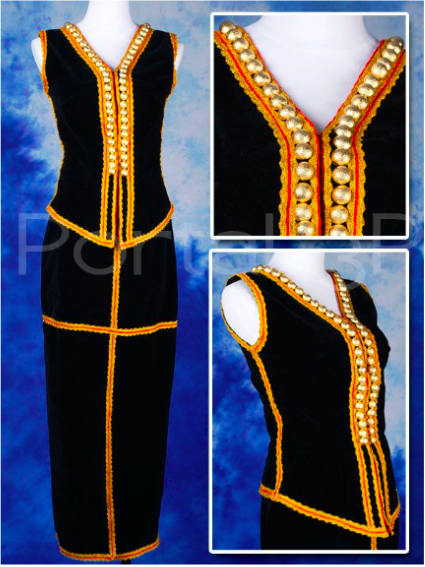
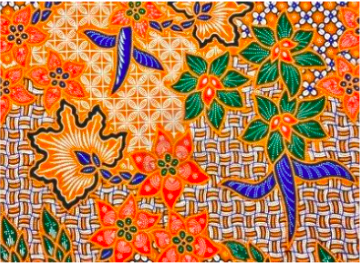
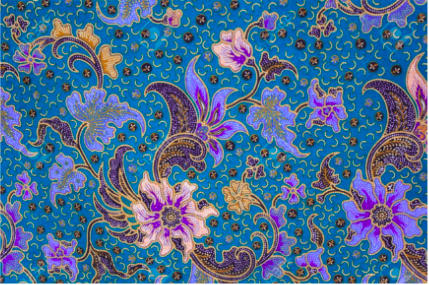
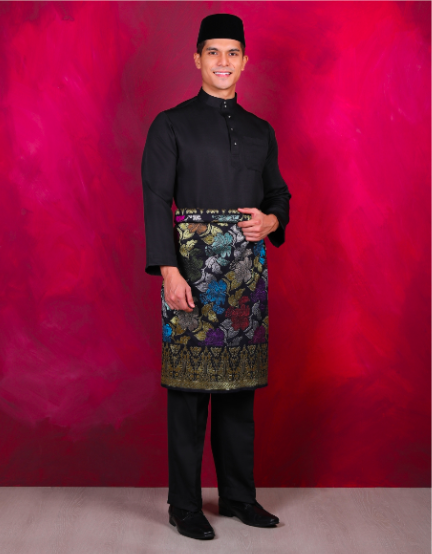
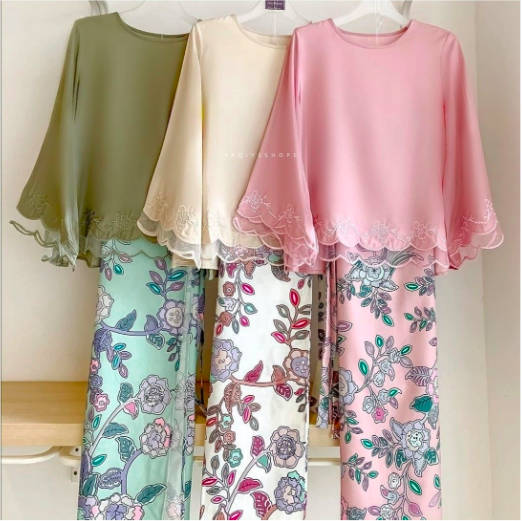


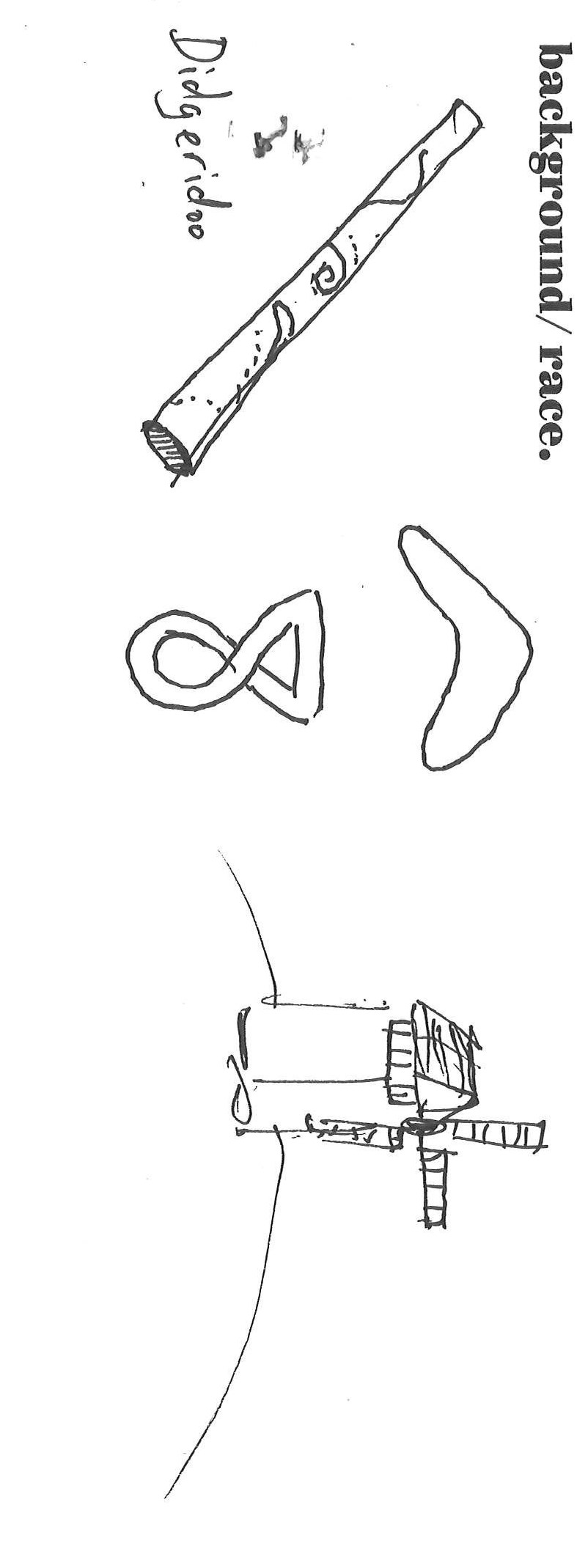
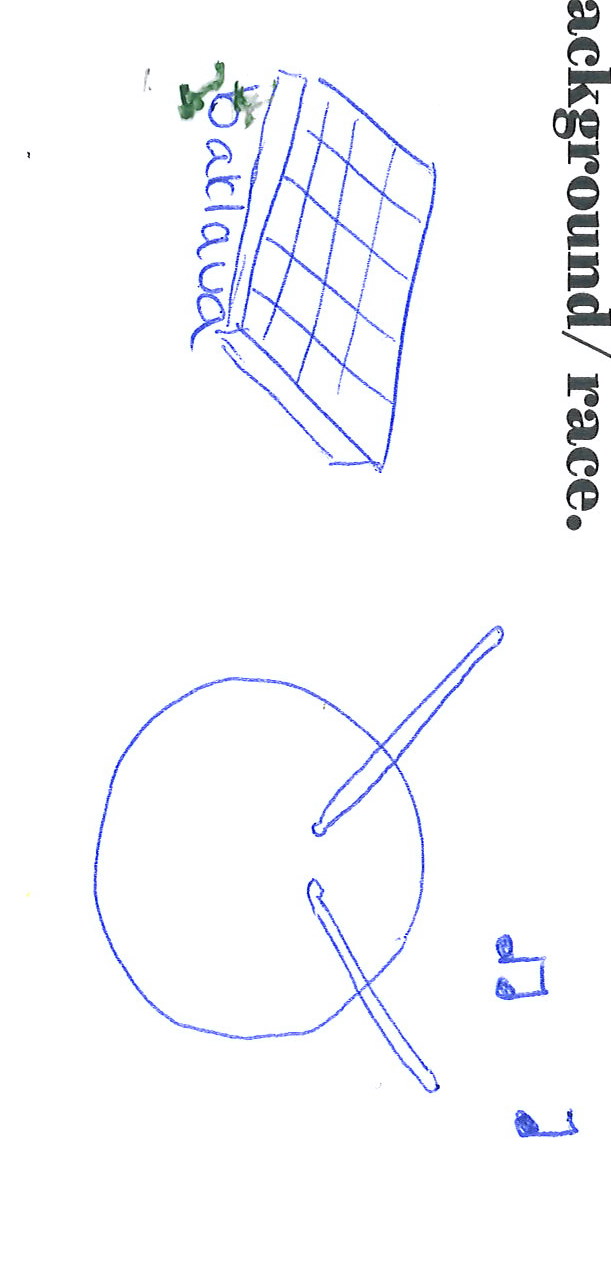
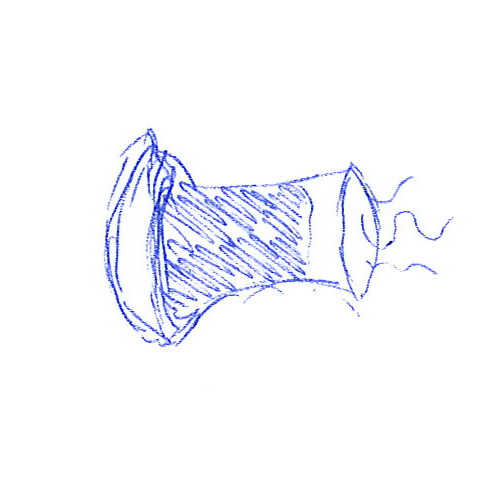
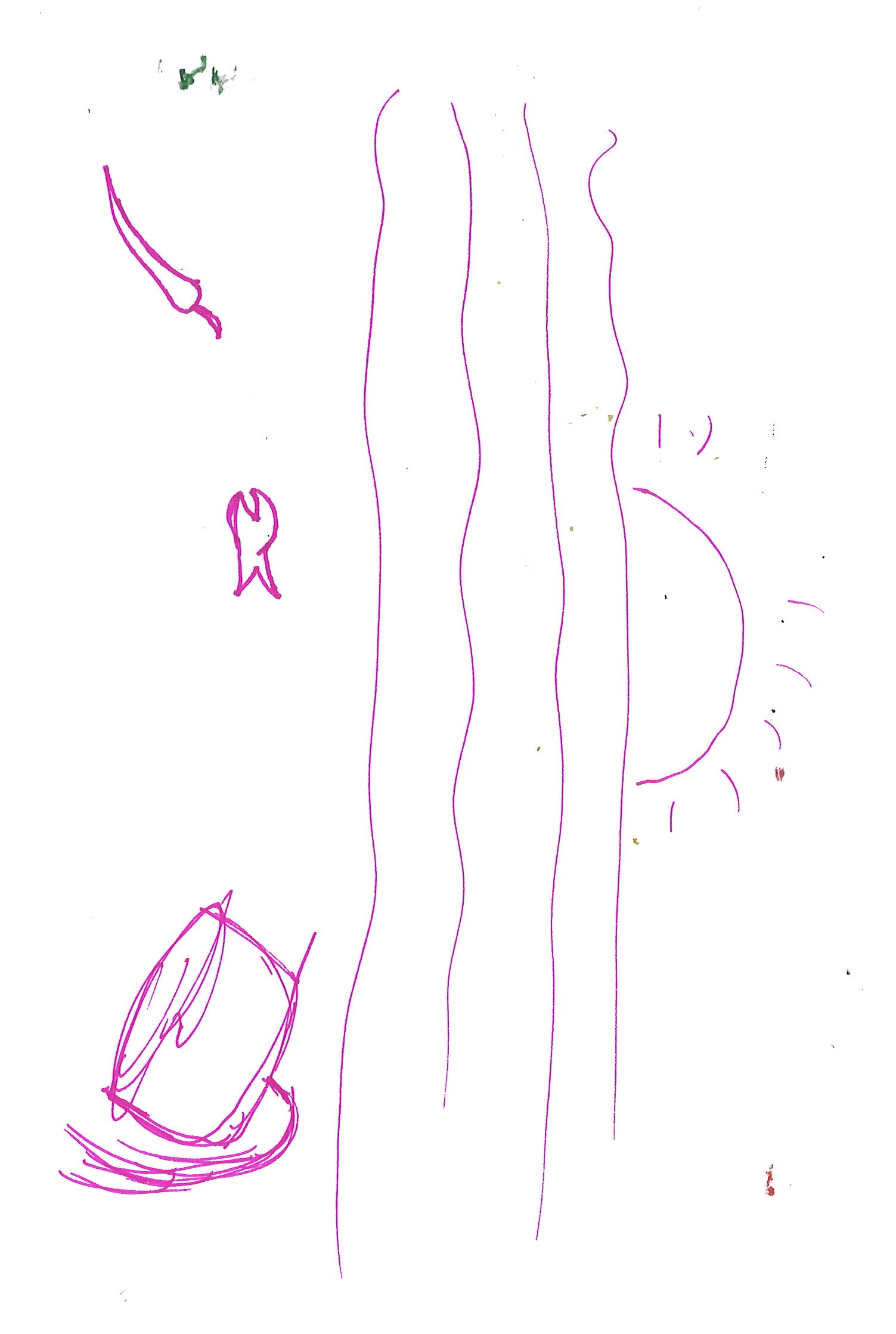
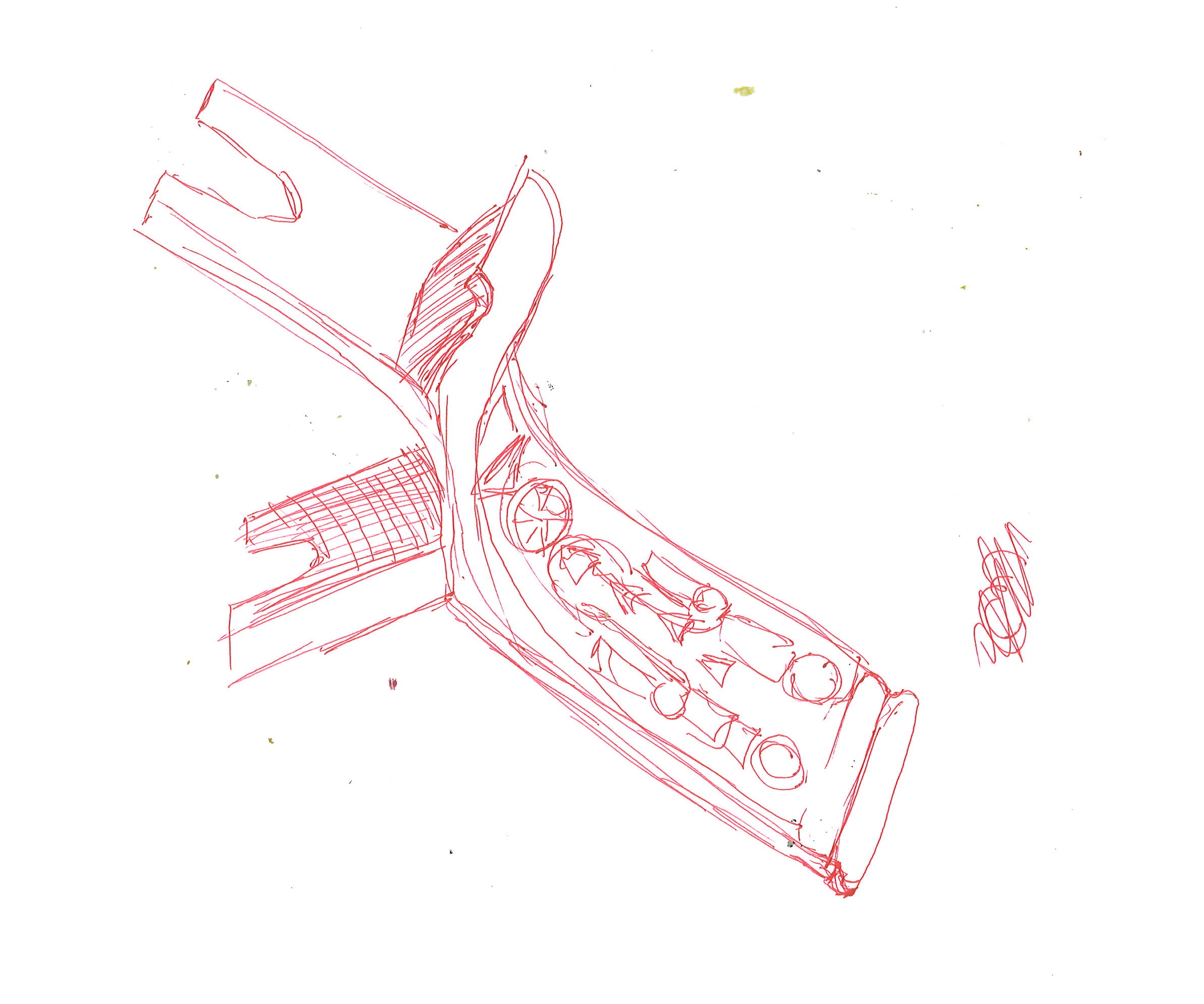
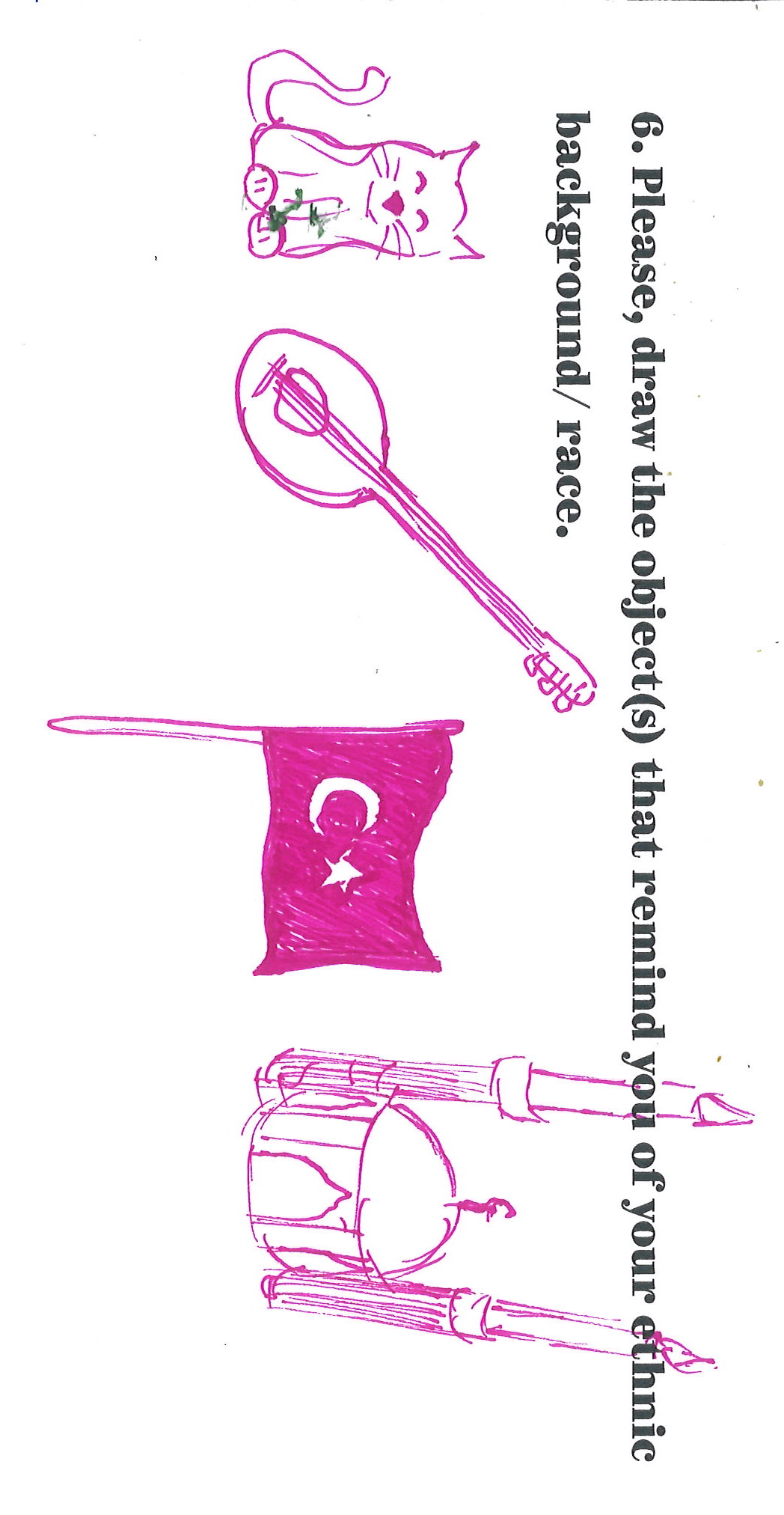
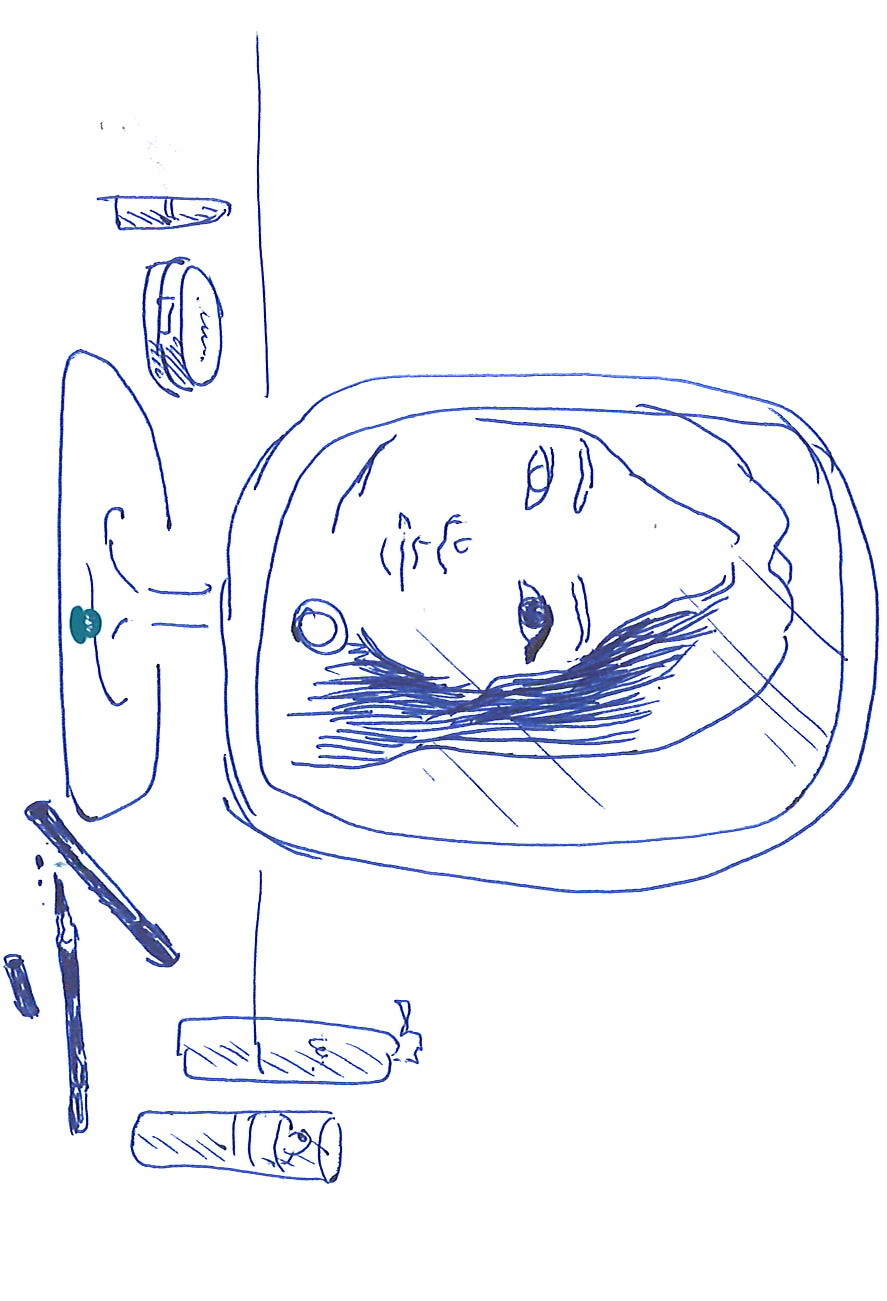
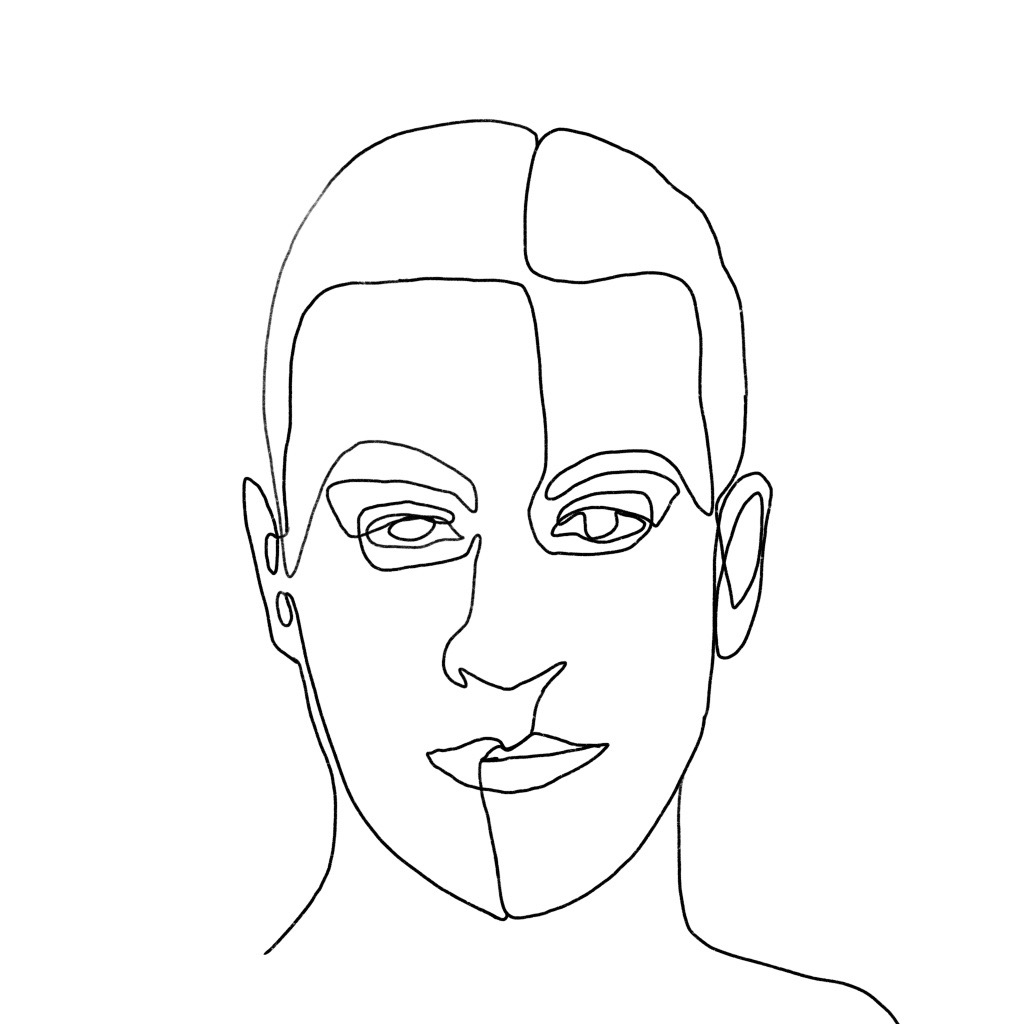
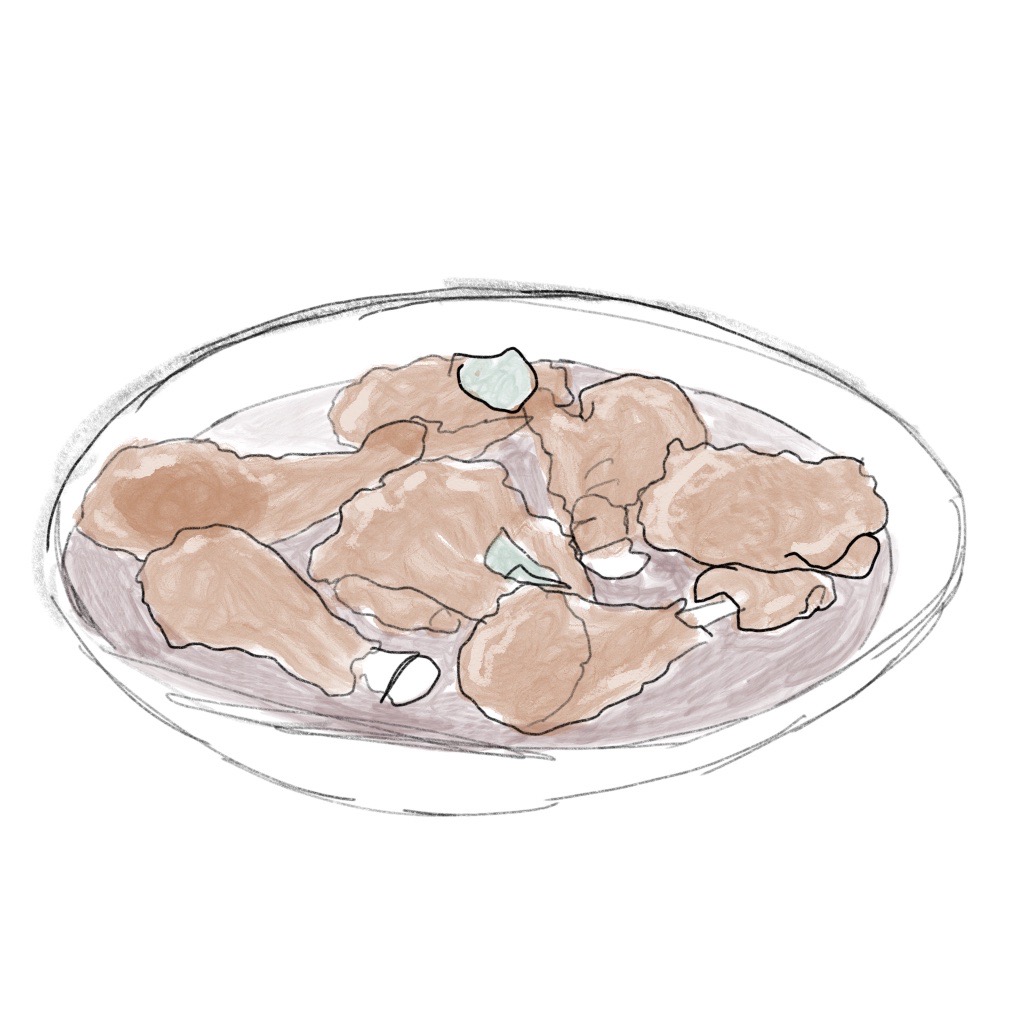
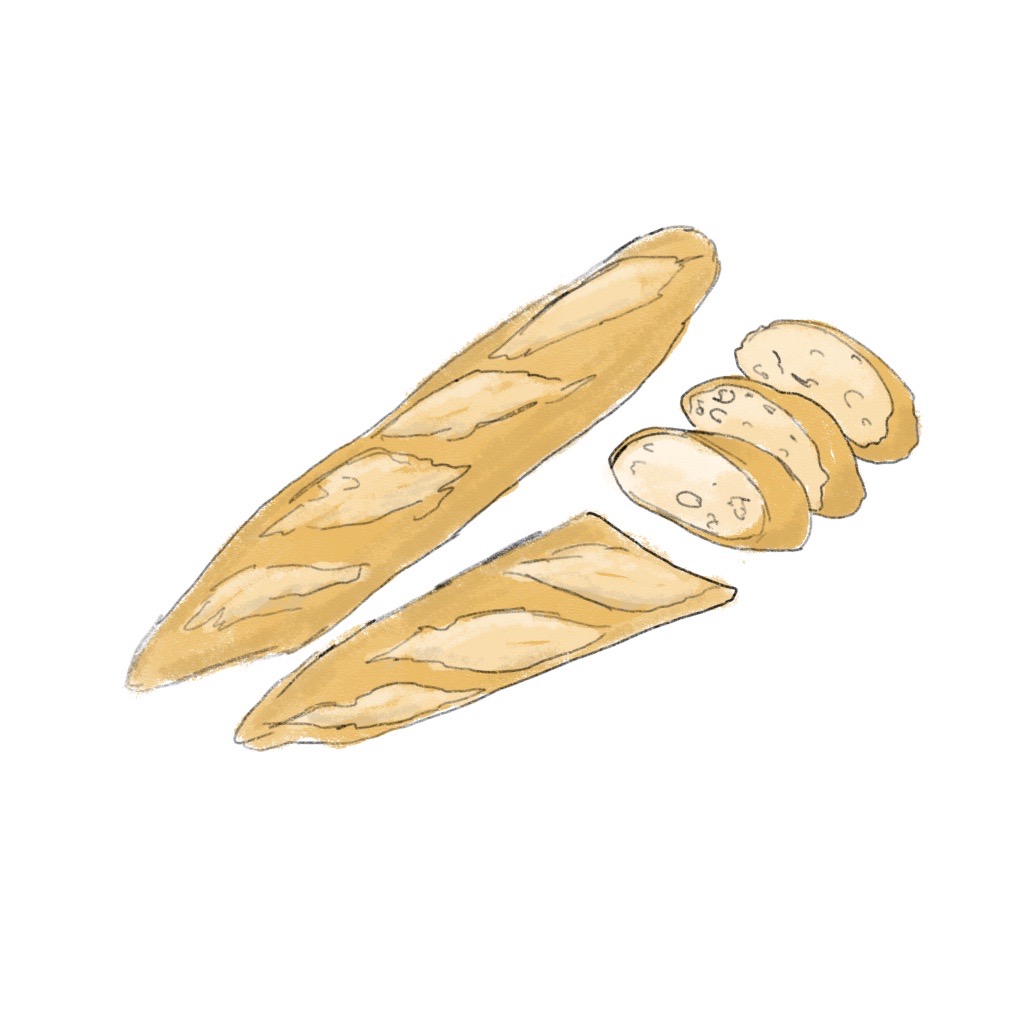
Caribbean Netherlands - Bonair
Caribbean music genres are diverse. They are each syntheses of African, European, Indian and Indigenous influences, largely created by descendants of African slaves (see Afro-Caribbean music), along with contributions from other communities (such as Indo-Caribbean music). Some of the styles to gain wide popularity outside the Caribbean include, bachata, merenque, palo, mombo, denbo, baithak gana, bouyon, cadence-lypso, calypso, chutney, chutney-soca, compas, dancehall, jing ping, parang, pichakaree, punta, ragga, reggae, reggaeton, salsa, soca, and zouk. Caribbean music is also related to Central American and South Americanmusic.
The history of Caribbean music originates from the history of the Caribbean itself. That history is one of the native land invaded by outsiders; violence, slavery, and even genocide factor in.
Following Christopher Columbus' 1492 landing, Spain claimed the entire region as its own. That didn't sit well with either the natives or Spain's European neighbors; within a few years, bloody battles raged across the islands of the Caribbean, fought by Spain, France, England, Denmark, and the Netherlands. All these battles (and diseases brought from Europe) decimated the native tribes, with entire cultures wiped out.
Thus the Caribbean was colonized as part of the various European empires. Native cultures were further eroded when the Europeans imported African slaves to work the sugar and coffee plantations on their island colonies. In many cases, native cultures (and native musics) were replaced by those imported from Africa and Europe.
At this point, whatever common Caribbean culture existed was splintered. Each of the European powers had imposed its own culture on the islands they had claimed. In the late 20th century, many Caribbean islands gained independence from colonial rule but the European influences can still be heard in the music of each subtly different culture.
Island-specific culture also informs the music of the Caribbean. Every island has its distinct musical styles, all inspired, to one degree or another, by the music brought over from the African slaves. As such, most Caribbean music, however unique to its own island culture, includes elements of African music - heavy use of percussion, complex rhythmic patterns, and call-and-response vocals. In many cases, the difference between one style and another comes down to the rhythms utilized in each music; every island has its own rhythmic sensibilities.
The complex deep origins of Caribbean music are best understood with a knowledge of Western Hemisphere colonial immigration patterns, human trafficking patterns, the resulting melting pot of people each of its nations and territories, and thus resulting influx of original musical influences. Colonial Caribbean ancestors were predominantly from West Africa, West Europe, and India. In the 20th and 21st centuries immigrants have also come from Taiwan, China, Indonesia/Java, and the Middle East. Neighboring Latin American and North American (particularly hip hop and pop music) countries have also naturally influenced Caribbean culture and vice versa. While there are musical commonalities among Caribbean nations and territories, the variation in immigration patterns and colonial hegemony tend to parallel the variations in musical influence. Language barriers (Spanish, Portuguese, English, Hindustani, Tamil, Telugu, Arabic, Chinese, Hebrew, Yiddish, Yoruba, African languages, Indian languages, Amerindian languages, French, Indonesian, Javanese, and Dutch) are one of the strongest influences.
Divisions between Caribbean music genres are not always well-defined, because many of these genres share common relations, instrumentation and have influenced each other in many ways and directions. For example, the Jamaican mento style has a long history of conflation with Trinidadian calypso. Elements of calypso have come to be used in mento, and vice versa, while their origins lie in the Afro-Caribbean culture, each uniquely characterized by influences from the Shango and Shouters religions of Trinidad and the Kumina spiritual tradition of Jamaica.[3] Music from the Spanish-speaking areas of the Caribbean are classified as tropical music in the Latin music industry.

Harry Belafonte, a Jamaican-American pop-calypso singer
Dutch West Indies
Bari is a festival, dance, drum and song type from the Dutch Antillean island of Bonaire. It is led by a single singer, who improvises. Lyrics often concern local figures and events of importance.[6]
Quimbe is a topical song form from the Dutch Antillean St Maarten. It traditionally accompanies the ponum dance and drumming, but is now often performed without accompaniment. Lyrics include gossip, news and social criticism, and use clever puns and rhymes. Performance is often competitive in nature.[7]
Tumba is a style of Curaçao music, strongly African in origin, despite the name's origin in a 17th-century Spanish dance. Traditional tumba is characterized by scandalous, gossiping and accusatory lyrics, but modern tumba often eschews such topics. It is well known abroad, and dates to the early 19th century. It is now a part of the Carnival Road March.[8]
Other genres include:
- Latin Rap
- Ritmo Kombiná
- Tambú
- Seú
- Wals
- Zumbi
Instruments:
- Kuarta
Cuatro means four in Spanish; the instrument's 15th century predecessors were the Spanish vihuela and the Portuguese cavaquinho, the latter having four strings like the cuatro.
Modern cuatros come in a variety of sizes and shapes, and number of strings. Cuatros can either have single-strings, like a guitar, or double- or triple-coursed strings like a mandolin, and vary in size from a large mandolin or small guitar, to the size of a full-size guitar. Depending on their particular stringing, cuatros are part of the guitar or mandolin subfamilies of the lute family.
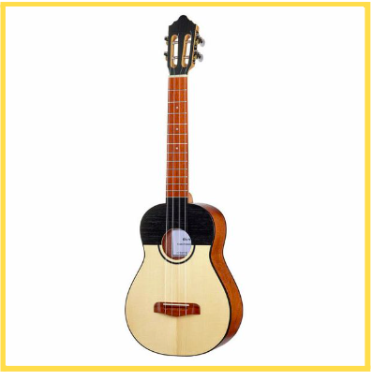
The cuatro is a family of Latin American string instruments played in Puerto Rico, Venezuela and other Latin American countries. It is derived from the Spanish guitar. Although some have viola-like shapes, most cuatros resemble a small to mid-sized classical guitar. In Puerto Rico and Venezuela, the cuatro is an ensemble instrument for secular and religious music, and is played at parties and traditional gatherings.
- Tambu
The origins of Tambú can be traced back to the early 17th century, where a large number of African slaves arrived in Curaçao from Angola. The ritual was first associated with the Curaçao style of stick fighting called kokomakaku, where the Tambú referred to the rhythms played by the drummer (called a tamburero) on a single drum (also referred to as tambú). Since then, the performance has changed in congruence with the historical circumstances of the Curaçao island.
Tambu can refer to the small drum on which the music is played, the dance that accompanies the music, or the event where the music and dance take place. In modern tambu, the lyrics are usually in the Papiamento language and are sung along with a chapi (hoe), the tambu drum and sometimes other singers, while the audience claps to the rhythm. The tambu rhythm is complicated and is passed down orally from generation to generation. Tambu consists of two beats; sla habri and sla será, the open and closed beat respectively. These beats alternate to create a musical dialogue. The lead vocalists are known for their skilful wordplay when delivering the performance's message. Additionally, there are two types of tambu music; telele, which is a long, slow rising and falling melody, and tambu itself, which is faster paced and shorter in duration.
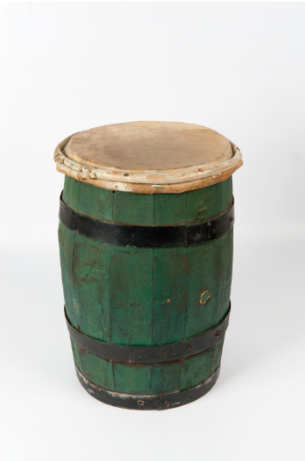
Tambu (also tambú) is a drum, music genre and dance form, found on Aruba, Bonaire and Curaçao, and is a major part of the Dutch Antillean music.On Bonaire, it is also known as bari. Curaçaoan tambu is a major part of that island's culture, and is there a genre that is considered muziek di zumbi (literally, spirit music, referring to music of African origin), and is accompanied by instruments like the wiri, agan and triangle. The word tambuderives from the Spanish word for drum, tambor.
- Marinmba
The marímbula, (also marímbola), is an African-derived folk instrument found across the Caribbean. Large enough for its player to sit on, this instrument consists of a large, resonating box with metal strips that are plucked to provide a simple bass accompaniment. Its affordability, ease of construction, and portability (it can be strapped to its player like a marching drum), made it adaptable to many styles of folk music.
- Karko
- Heru
Accompanying the bari, there is a collective of iron instruments known as heru. There have been five basic types of heru known as the:
- Agan di tres pida (“iron in three pieces”), which was made up of two iron bars and one iron tube, in which the player produces different tone variations, depending on where the bars were hit;
- Agan di dos pida (“iron in two pieces”), which was made up of one iron bar and one tube, and played the same way as the agan di tres pida;
- Triangel, where an iron bar was bent into the shape of a triangle, and struck with an iron bar to create a singular clear tone;
- Wiri, which is a serrated piece of iron that is scraped down using a thin iron bar;
- Chapi, which is the metal end of a garden hoe and is struck with an iron bar to achieve a sharp high-pitched tone.
The chapi, was an instrument born from the slave years in Curaçao but remains the most common used heru in contemporary Tambú to this day.
Mexico
CONCLUSION
CONCLUSION
Collection
Intervention
- The music of Mexico is very diverse and features a wide range of musical genres and performance styles. It has been influenced by a variety of cultures, most notably the culture of the Europeans and Natives. Music was an expression of Mexican nationalism, beginning in the nineteenth century
- The foundation of Mexican music comes from its indigenous sounds and heritage
- The original inhabitants of the land used drums (such as the teponaztli), flutes, rattles, conches as trumpets and their voices to make music and dances
- This ancient music is still played in some parts of Mexico; Many traditional instruments, such as the Mexican vihuela used in Mariachi music, were adapted from their old world predecessors
- much of the traditional contemporary music of Mexico was written during and after the Spanish colonial period, using many old world influenced instruments
- national music began to develop in the nineteenth century, often with patriotic themes of national defense and against foreign invaders
- Conservative general and president Antonio López de Santa Anna brought a Catalan music master, Jaime Nunó, from nearby Cuba to create a network of military bands on a national scale. He composed the music to the Mexican national anthem
- In some indigenous regions, new music and bands helped bring a level of unity - in Oaxaca, a waltz, "Dios nunca muere" (God never dies) became the state's anthem, linking regional patriotism with God
- A variety of musical styles from elsewhere were incorporated into Mexican popular music in the nineteenth century, including Afro-Caribbean rhythms from Cuba and Haiti
Folk music
- Northern Mexican folk music:
> Northern traditional music or Norteño was highly influenced by immigrants from Germany, Poland, and the Czech Republic to northern Mexico and the southwestern United States in the mid 1800s, the instruments and musical styles of the central european immigrants were adopted to mexican folk music
> many styles - Ranchera, Corrido, Huapango, Chotís, Polka, Redova, Banda
> Corrido music is a popular narrative song of poetry form, a ballad - often old legends (stories) and ballads about a famed criminal or hero in the rural frontier areas of Mexico; some may also be love stories there are also corridos about women (La Venganza de Maria, Laurita Garza, La tragedia de Rosita, and la adelita) and couples, not just about men
> Banda music was made with the imitation of military bands that were imported during the Second Mexican Empire, headed by emperor Maximilian I of Mexico in the 1860s - to this day remained popular throughout the central and northern states, however diversified into different styles due to regions, instruments and modernization
- Central Mexican folk music:
> retains strong spanish Influence which can be seen in the amount of colonial cities in this region and also the instruments utilized in the folk music such as guitars, violins and vihuelas
> the most characteristic style of folk music is Mariachi - a style which is played by a group consisting of five or more musicians who wear charro suits and play various instruments such as the violin, the vihuela, guitar, a guitarrón and a trumpet with lyricism usually being about love, betrayal, death, politics, revolutionary heroes and country life
> Between 1940 and 1960 mariachi and rancheras originated in the western states of the country; this folk ensemble performs ranchera, son de mariachi, huapango de mariachi, polka, corrido, and other musical forms
> The city of Guadalajara in Jalisco is known as the "Capital of Mariachi"
> The style is now popular throughout Mexico and the Southwestern United States, and is considered representative of Mexican music and culture
> Tamborazo Zacatecano ("drum-beat from Zacatecas") is a banda style traditionally played by two trumpets, two saxophones, and the al bass drum - closely related to traditional brass Banda, however Tamborazo uses saxophones instead of clarinets
- Southern Mexican folk music:
> often characterized by a strong mixture of different cultures since this region has some of the most important port cities of the country like Veracruz and Acapulco which functioned as an entry way for immagrants from Europe, the Middle East, Africa, South America, the Caribbean and Asia
> most known folk music in southern Mexico - Son Jarocho from Veracruz; Chilena from the Costa Chica regions in Guerrero and Oaxaca; Jarana Yucateca from the Yucatan Peninsula; Bolero from Yucatan and Veracruz; Abajeño from Michoacán
> Son Jarocho music comes from the Veracruz area, and is distinguished by a strong African influence - major hit La Bamba; the most legendary performer is Graciana Silva, whose releases on Discos Corason made inroads in Europe; Southern Veracruz is home to a distinct style of Jarochos that is characteristically lacking a harp, is played exclusively by requinto or jarana guitars, and is exemplified by the popular modern band Mono Blanco
> Chilena is a musical genre from the Costa Chica region - It originated from the Chilean cueca, hence its name, a dance that was carried by Chilean sailors in 1821 and then by Chilean immigrants between 1848 and 1855, during the height of the California gold rush
At the beginning we had discussions about the topic of Race and our views of it and how we can implement them in our project. Since the topic is so broad, we decided to make anonymous interviews, so that we can narrow it down by collecting information about their ethnicities and what they connect to their backgrounds. We received a lot of different answers, but most of them were related to food and culture. Because we wanted to focus not on the struggles of the races, but on the positive part of it, we decided to talk about music.
We wanted to express the cultural diversity in music and combine them to make new genres to bring cultures together and find relations to them. Since all of us are coming from different ethnical background, we decided to research our home-countries traditional music and combine it with one other country of a choice.
It worked out well as the instruments complimented each other and we ended up with beautiful mixtures!